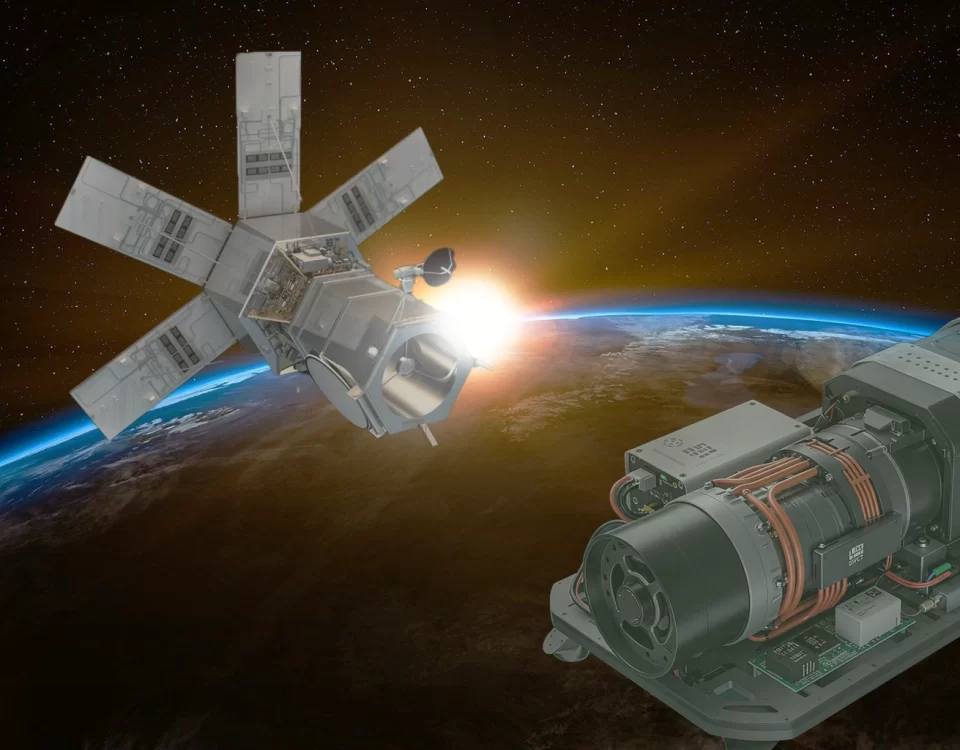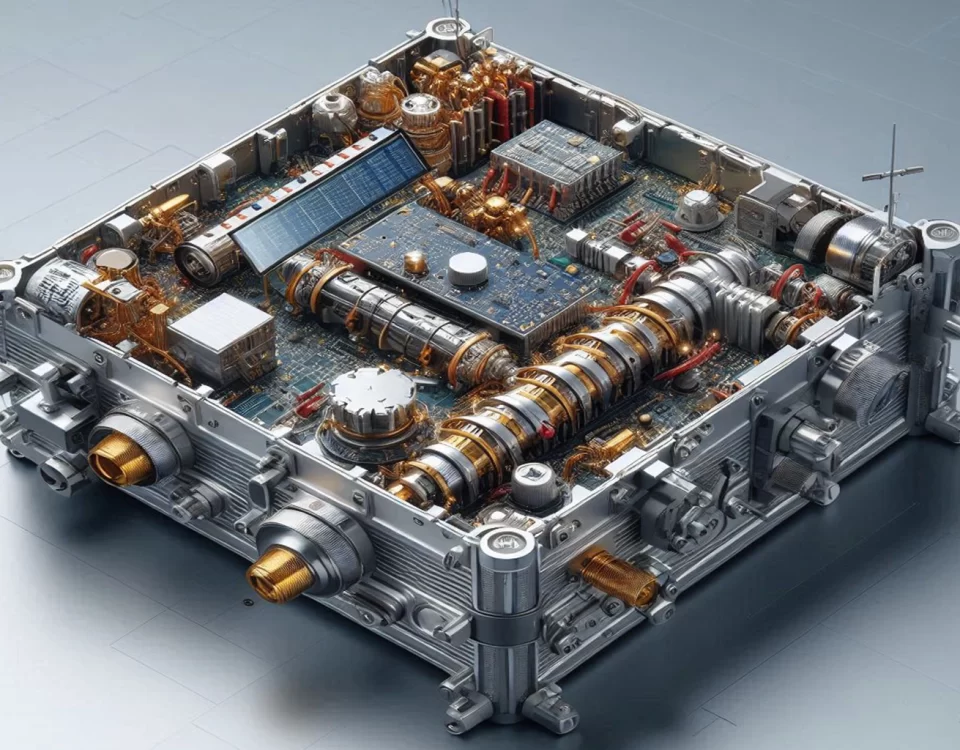
how to process OPTISat Data for agricultural analysis
February 3, 2025
high-precision sun sensor for accurate satellite pointing
February 15, 2025Knowing a satellite’s orientation (attitude) is essential for it to work properly. Magnetometers, which measure magnetic fields, are very important for figuring out a satellite’s attitude, particularly in Low Earth Orbit (LEO) where the Earth’s magnetic field is a convenient reference. However, the raw data from magnetometers isn’t perfect and needs to be corrected. This essay will explain how to calibrate a 3-axis magnetometer for satellite attitude determination, including the types of errors, calibration methods, and practical tips.
Understanding 3-axis magnetometer errors
Magnetometer readings aren’t perfect. Several things can cause errors:
- Bias: Think of this as a constant offset. The readings might be consistently too high or too low on each axis. This can be due to manufacturing problems, temperature changes, or the sensor aging.
- Scale Factor: This affects the strength of the measured field. The magnetometer might read the field as stronger or weaker than it actually is on each axis.
- Cross-Axis Coupling: Ideally, the magnetometer’s three axes should be perfectly perpendicular to each other. If they’re not, a magnetic field on one axis can affect the readings on another.
- Hard Iron Interference: Nearby magnetic materials (like iron) on the satellite can distort the Earth’s magnetic field, causing errors. This is similar to bias and scale factor errors, but the source is outside the magnetometer itself.
- Soft Iron Interference: Other magnetic materials can also distort the field, but in a more complex way that depends on the magnetometer’s orientation. This is similar to scale factor and cross-axis coupling errors.
- Noise: Random electrical noise can also affect readings. Calibration can help with some errors, but noise is usually handled separately using filters.
magnetometer calibration techniques
Magnetometer calibration aims to figure out the specific errors (bias, scale factor, etc.) and then use that information to correct the raw readings. There are a few ways to do this:
- In-Situ Calibration: This means calibrating the magnetometer while the satellite is in orbit. It’s good because it accounts for the real-world conditions the magnetometer experiences (like temperature changes), but it needs complex calculations and often relies on other sensors for comparison.
- Pre-Launch Calibration: This is done before launch, usually using a special device (like a Helmholtz cage) that creates a known magnetic field. It gives a good starting point but might not catch all the errors that happen in space.
- Hybrid Calibration: This combines the two. You do a pre-launch calibration for an initial estimate, then refine it with in-orbit data.
Calibration Algorithms
There are different ways to calculate the magnetometer errors:
- Ellipsoid Fitting: This method uses the fact that the magnetic field strength should be fairly constant. Errors cause the measurements to form an ellipsoid (a stretched sphere) instead of a perfect sphere. The algorithm finds the best-fitting ellipsoid to the data, and from that, it figures out the errors, especially bias, scale factor, and cross-axis coupling.
- Kalman Filtering: This is a method that can estimate errors in real-time and adapt to changes over time. It’s very useful for in-orbit calibration. However, it needs a model of the magnetometer errors and how the satellite is moving.
- Least Squares Estimation: This method tries to minimize the difference between the measured magnetic field and what it should be. It can estimate all the errors at once.
- Wahba’s Problem: This method finds the best way to rotate one set of vector measurements to match another set. It’s not a calibration method by itself, but it’s often used with other methods, especially when combining magnetometer data with data from other sensors.
Practical Considerations of magnetometer calibration
Here are some practical things to keep in mind:
- Data Collection: Good calibration depends on good data. For in-orbit calibration, you need lots of data from different satellite orientations and locations to accurately determine the errors.
- Calibration Environment: Before launch, the calibration should be done in a place free of stray magnetic fields or magnetic materials that could mess up the measurements.
- Temperature Stability: Temperature can affect how a magnetometer performs. Ideally, calibration should be done across the range of temperatures the magnetometer will experience in space.
- Validation: After calibration, you need to check if it worked. You can do this by comparing the calibrated readings to data from other sensors or to a model of Earth’s magnetic field.
- Regular Recalibration: Because a magnetometer’s performance can change over time (due to aging or radiation), in-orbit calibration allows for periodic recalibration to keep the readings accurate.
Accurate magnetometer calibration is essential for satellites to know their orientation. By understanding the different error sources and using the right calibration methods, we can greatly improve the accuracy of magnetometer readings. The best calibration approach depends on the specific mission, available resources, and the magnetometer itself. Whether calibrating before launch, in orbit, or using a combination of both, careful data collection, good algorithms, and thorough testing are key to getting the best performance and reliable attitude determination. Ongoing research and better computing power are leading to even more accurate and efficient calibration methods.





